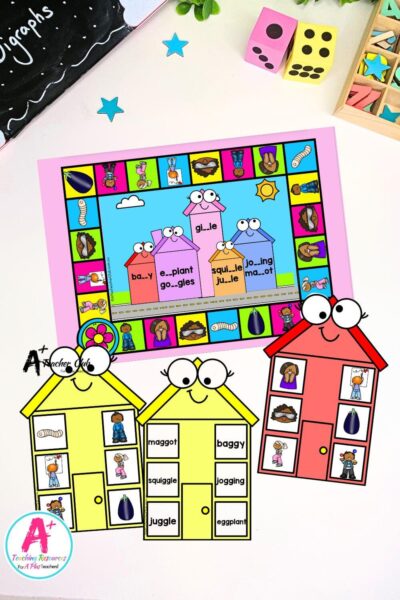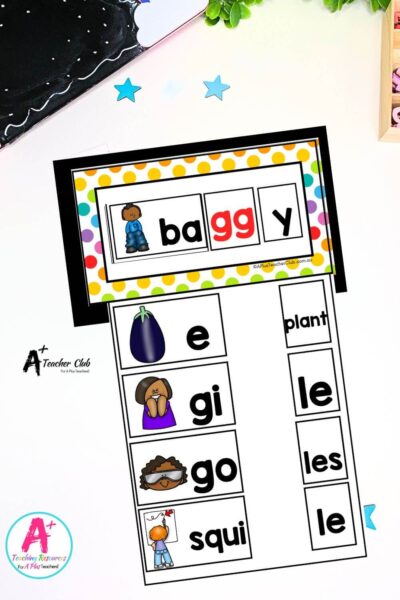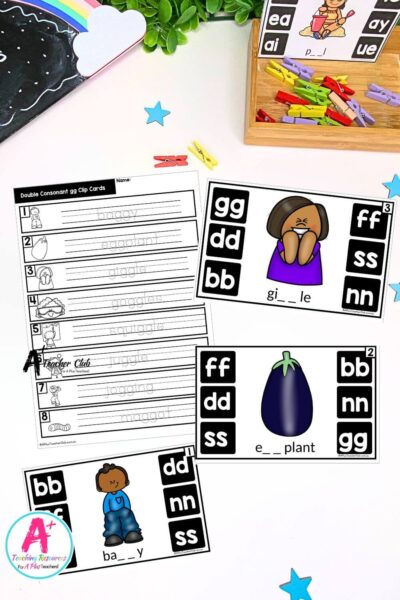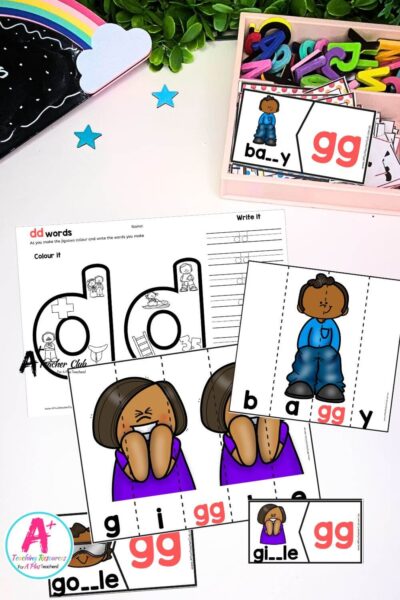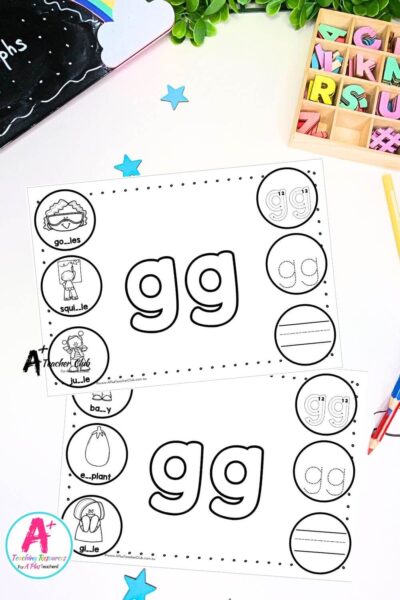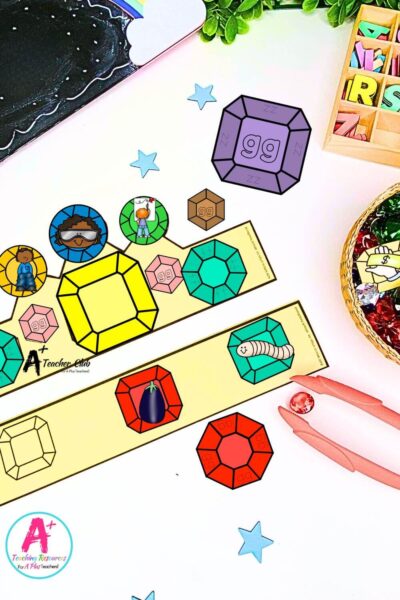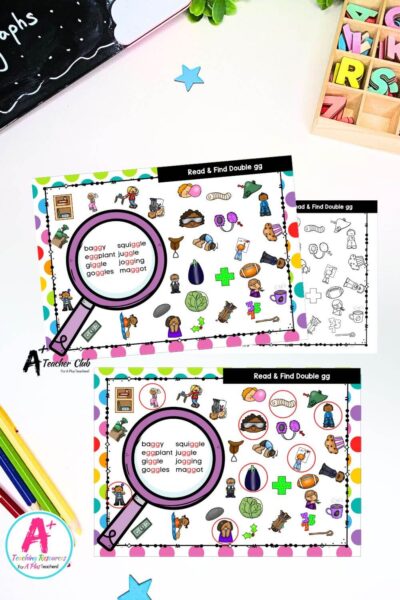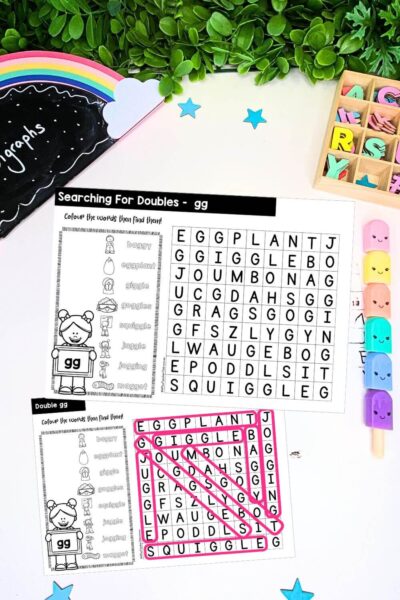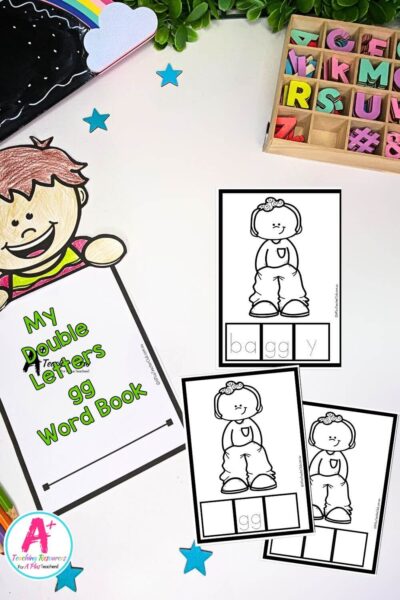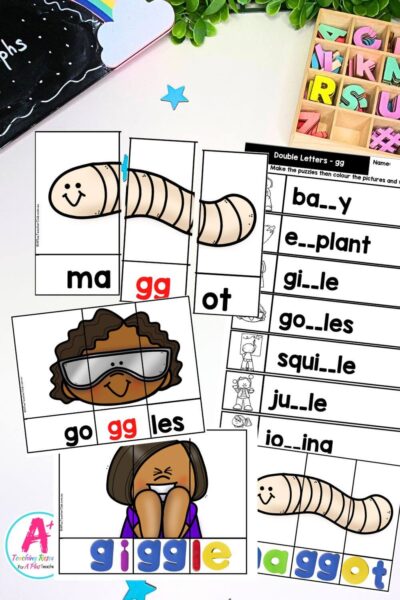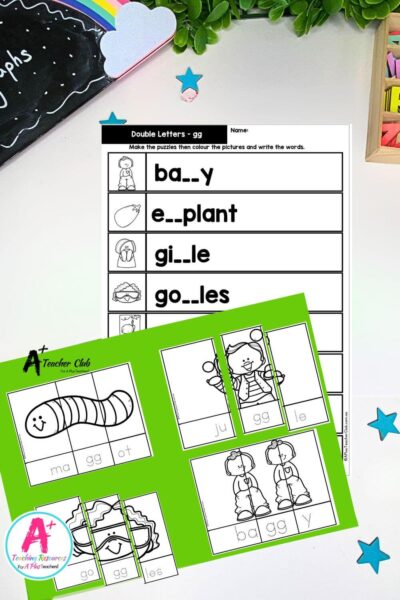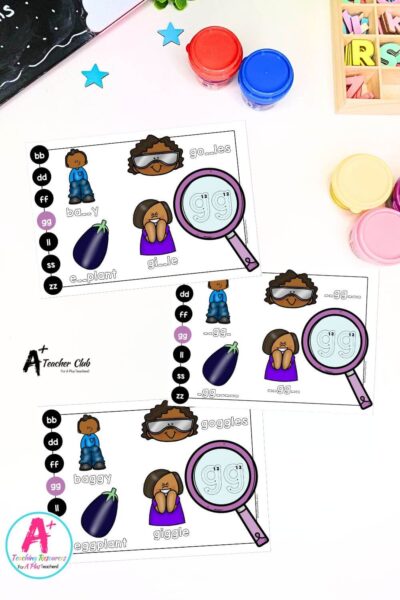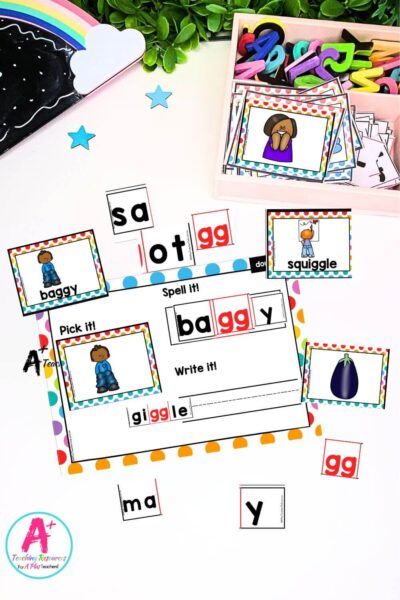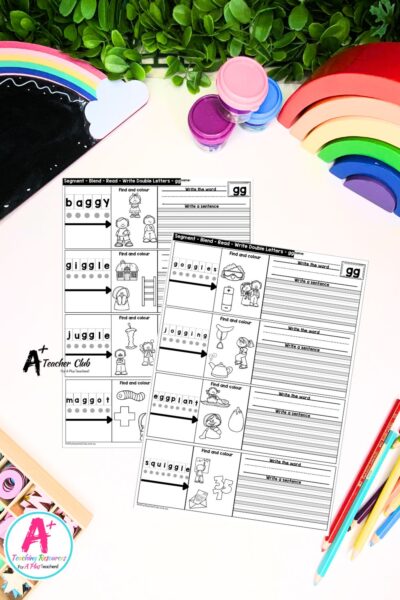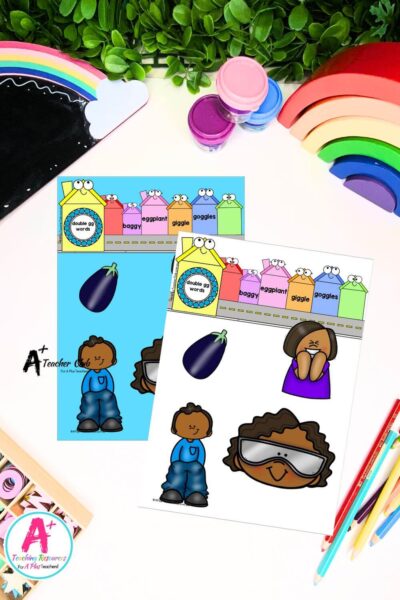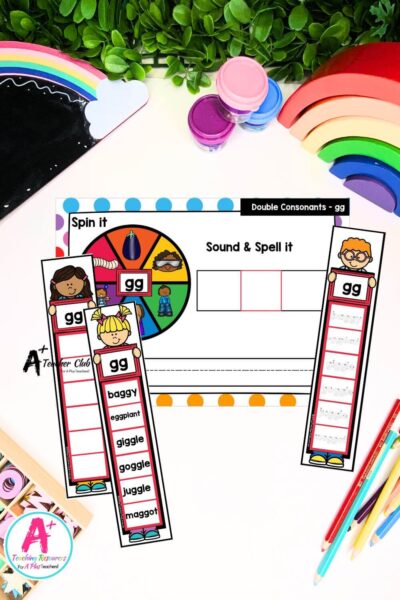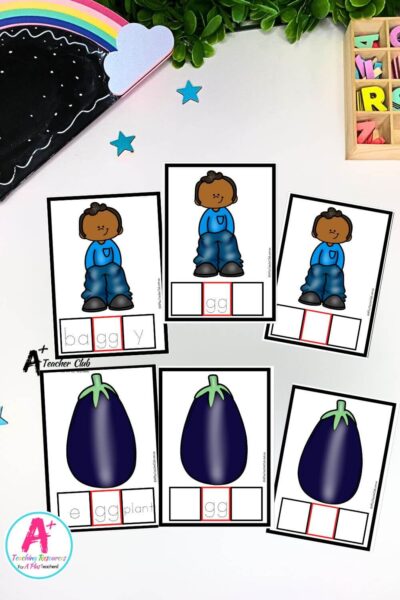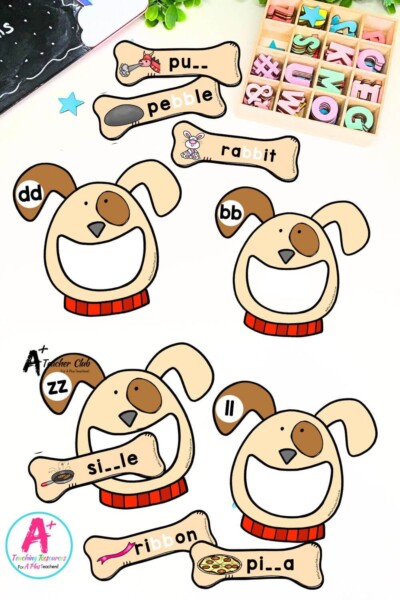Teaching Double Consonant “gg”
Phonics, Spelling, & Grammar Resources
Mastering the Double Consonant “GG” Rule: A Teacher’s Guide
Teaching phonics and spelling rules can be challenging, especially when explaining double consonants like “gg.” Understanding the double consonant “gg” rule is essential for students to build strong reading and spelling skills.
In this guide, we’ll explore the double consonant “gg” rule, providing clear examples and addressing common difficulties students may face. You’ll also find engaging resources to support your lessons, ensuring students confidently master the use of double consonants.
What is a Double Consonant “GG”?
A double consonant occurs when the same consonant appears twice in a row within a word. This repetition helps maintain the correct pronunciation and ensures the preceding vowel remains short.
The double consonant “gg” appears when the letter “g” is repeated, typically following a short vowel sound. Examples include words like jogging, digging, and baggage, where the double “g” helps keep the vowel short and prevents a shift in pronunciation.
When to Use the Double “GG” Consonant Rule
The double “gg” consonant rule helps students understand when to use a double “g” in words. Here are the key guidelines:
- Short Vowel Rule
- Students should double the “g” when a word has a short vowel sound before the “g.”
- Examples: jogging, digging, hugging
- Adding Suffixes
- When adding suffixes like “-ed” or “-ing” to a word that ends with a short vowel and a single “g,” double the “g.”
- Examples: jog → jogging, hug → hugging, dig → digging
- Stressed Syllables in Multisyllabic Words
- In words with more than one syllable, the “g” is doubled if the stressed syllable contains a short vowel sound.
- Examples: baggage, suggest, aggressive
Double “GG” Consonant Exceptions
Not all words follow this rule. Here are some exceptions and explanations:
- Words with Long Vowel Sounds
- The rule applies only to short vowel sounds. Words with long vowels don’t require a double “g.”
- Examples: legal, eager
- Words Ending in a Vowel + “g”
- If a vowel team or long vowel precedes the “g,” the consonant remains single.
- Examples: plague, rogue
- Unstressed Final Syllables
- If the final syllable is unstressed, the “g” usually isn’t doubled.
- Examples: fragile, fragilely
Double Consonant “gg” Word List
“gg” Words Used in our resources
Common Issues and Confusions
Students may struggle with applying the double “gg” rule correctly. Here are some common challenges:
- Over-generalisation of the Rule
- Students may mistakenly double “g” in words where it isn’t needed.
- Example: Writing “plagging” instead of “plaguing.”
- Difficulty Identifying Short Vowel Sounds
- Some students struggle to distinguish between short and long vowel sounds, affecting their spelling.
- Example: Confusing “jog” (short vowel) with “rogue” (long vowel) and writing “joggue.”
- Misspelling When Adding Suffixes
- Students may forget to double the “g” when adding “-ing” or “-ed.”
- Example: Writing “diging” instead of “digging.”
- Confusing Similar Words
- Words that look similar can cause spelling mistakes.
- Example: Confusing “baggage” (double “g”) with “engage” (single “g”).
Final Thoughts & Downloadable Resources
Mastering the double “gg” consonant rule is essential for students to improve their spelling and phonics skills. By understanding when to apply the rule, recognising short vowel sounds, and identifying stress patterns, students can boost their confidence in reading and writing.
To support your teaching, we’ve created engaging resources to help students practice and reinforce the double “gg” rule. Download the resources below and make phonics instruction easier and more effective!
Resources listed in this collection
Click to jump to...-
Double Consonant Board Game - gg
-
Double Consonant Strip Reader - gg
-
Double Consonant Clip Cards - gg
-
Double Consonant Strip Puzzles - gg
-
Double Consonant Writing Mats - gg
-
Double Consonant Crown Craft - gg
-
Double Consonants I Spy Read & Find - gg
-
Double Consonants Word Search - gg
-
Double Consonant Student Book - gg
-
Double Consonant Colour 3 Piece Puzzles - gg
-
Double Consonant B&W 3 Piece Puzzles - gg
-
Double Consonant Playdough Mats - gg
-
Double Consonant Word Builder - gg
-
Double Consonant WORKSHEETS – gg
-
Double Consonant Posters - gg
-
Double Consonant Spin & Spell - gg
-
Double Consonant Flash Cards - gg
-
Double Consonants Feed Me Dogs
Double Consonant Resources - gg
Explore tags
More Double Consonant Activites
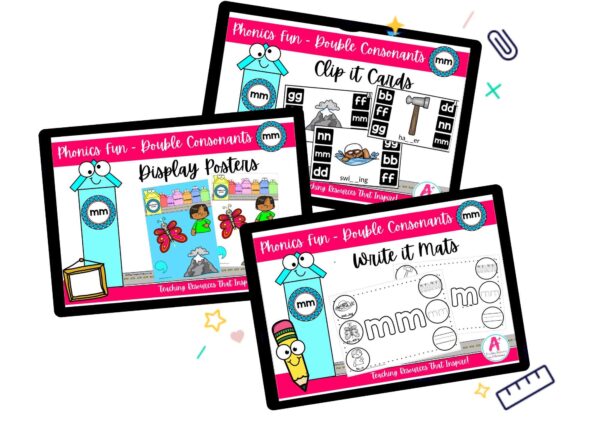
Double Consonants - mm
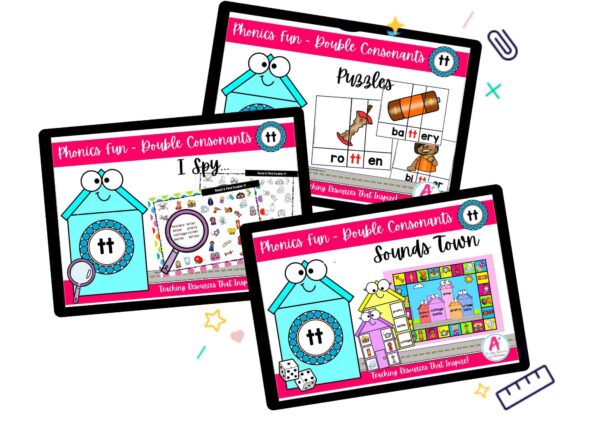
Double Consonants - tt
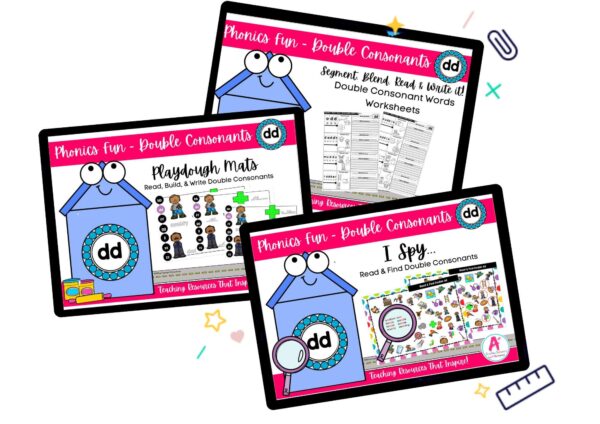
Double Consonants - dd
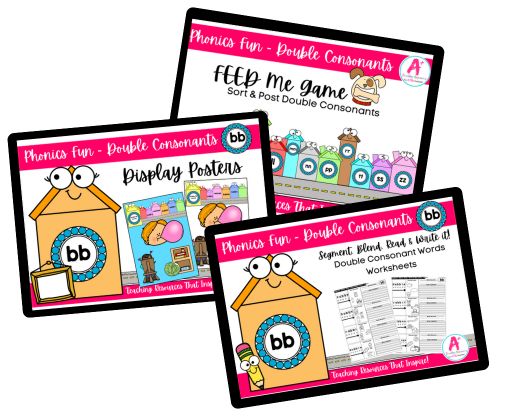
Double Consonants - bb
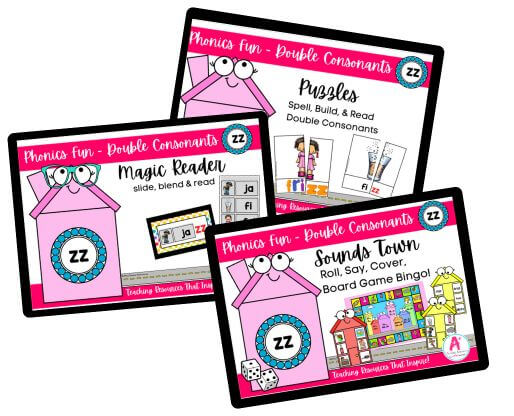
Double Consonants - zz
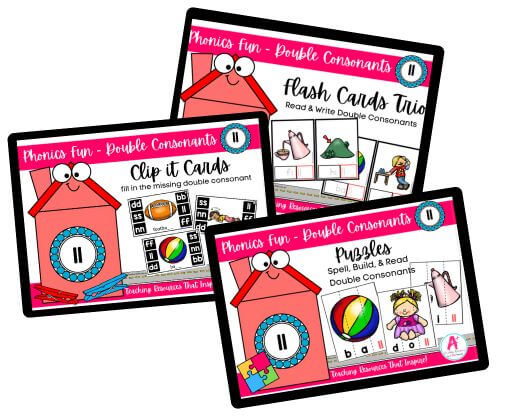
Double Consonant - ll
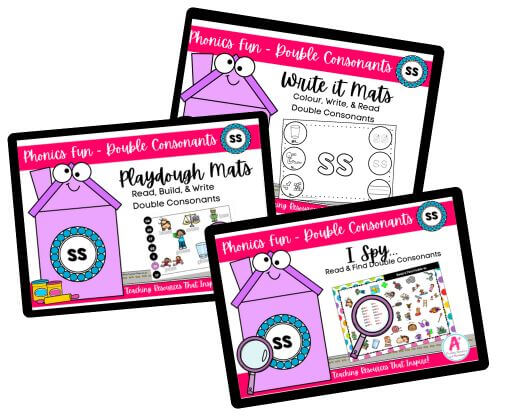
Double Consonants - ss
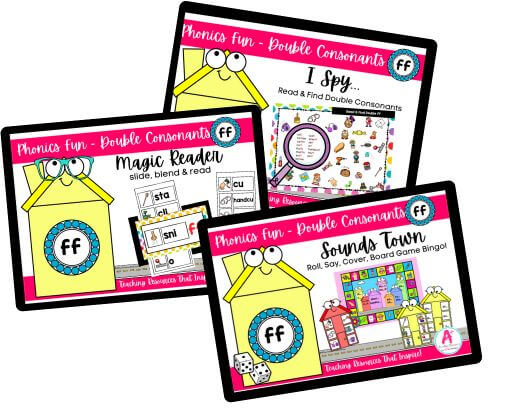
Double Consonants - ff
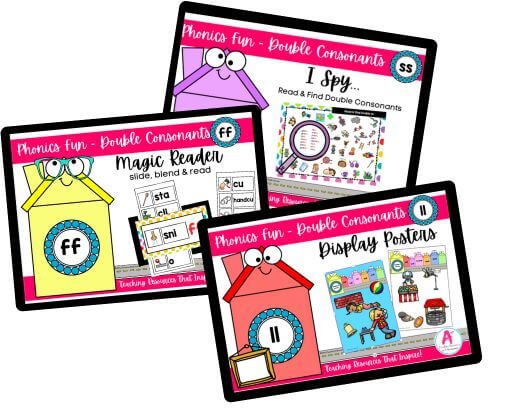
Double Consonants Collections
Can't find what you're looking for?
Send us a request! Use this form to request a resource. Please give details of the learning area, topic, year level, curriculum links. We’ll be happy to take a look to see if we can fit it in. Unfortunately a request does not guarantee we will be able to make it!
"*" indicates required fields

